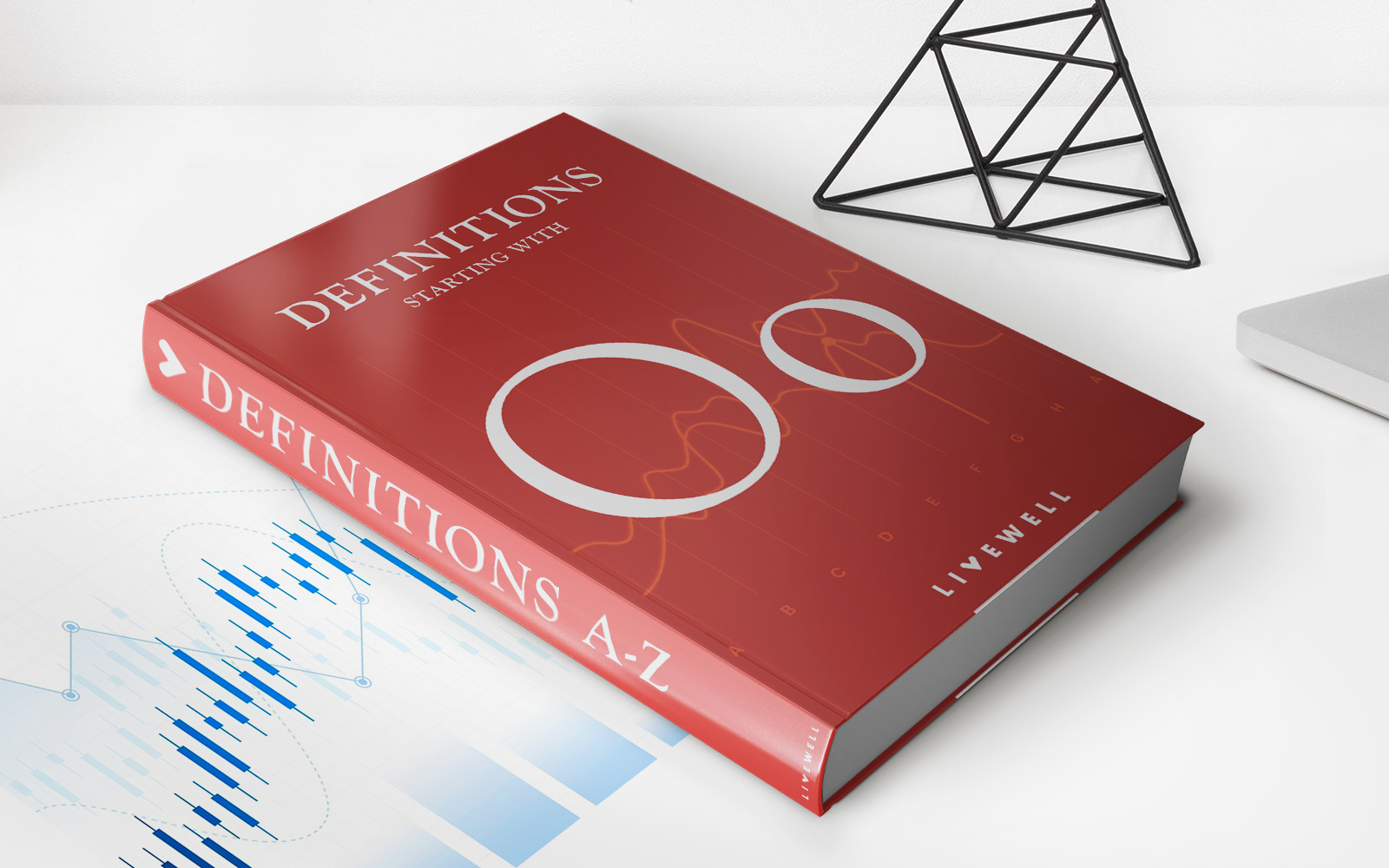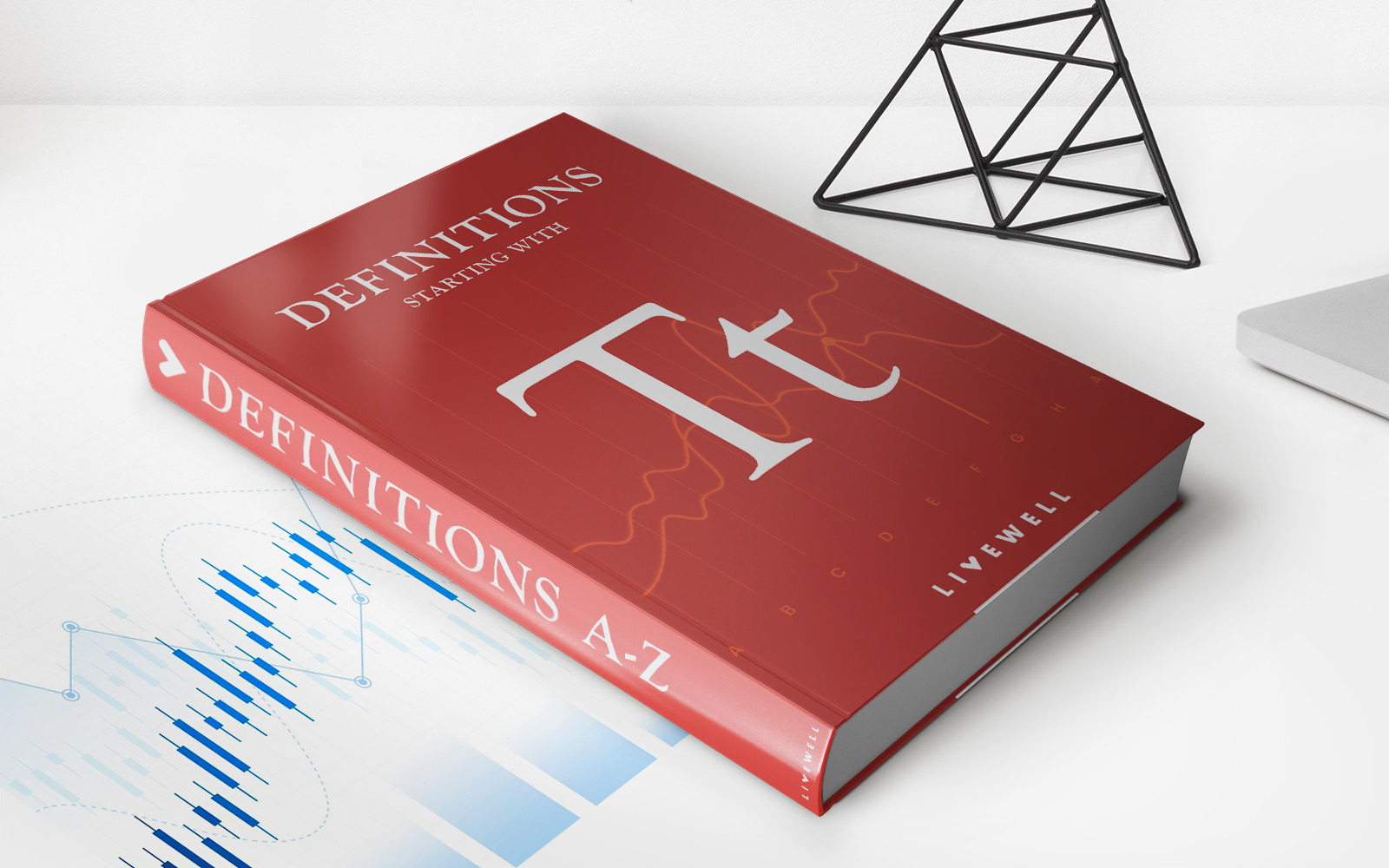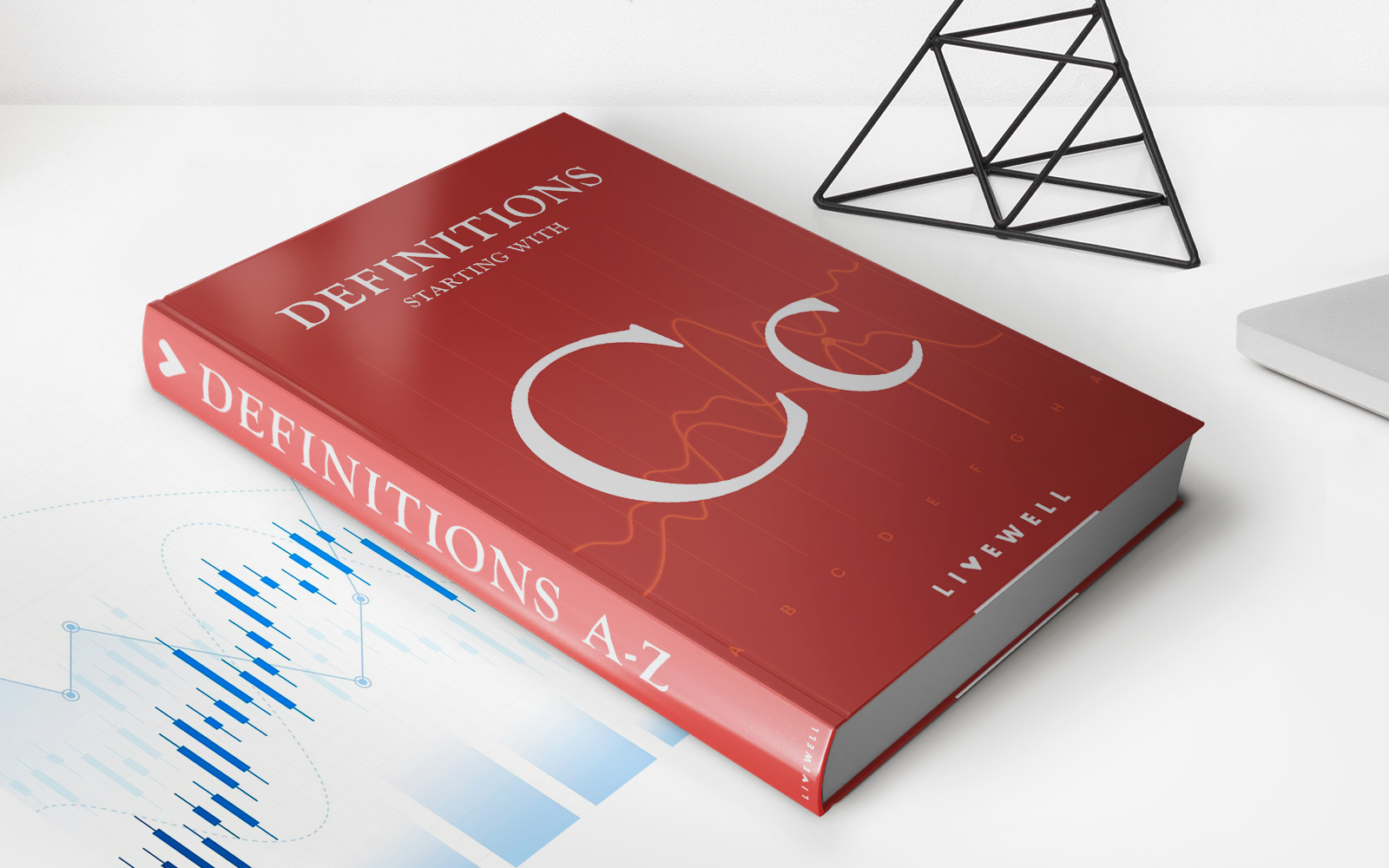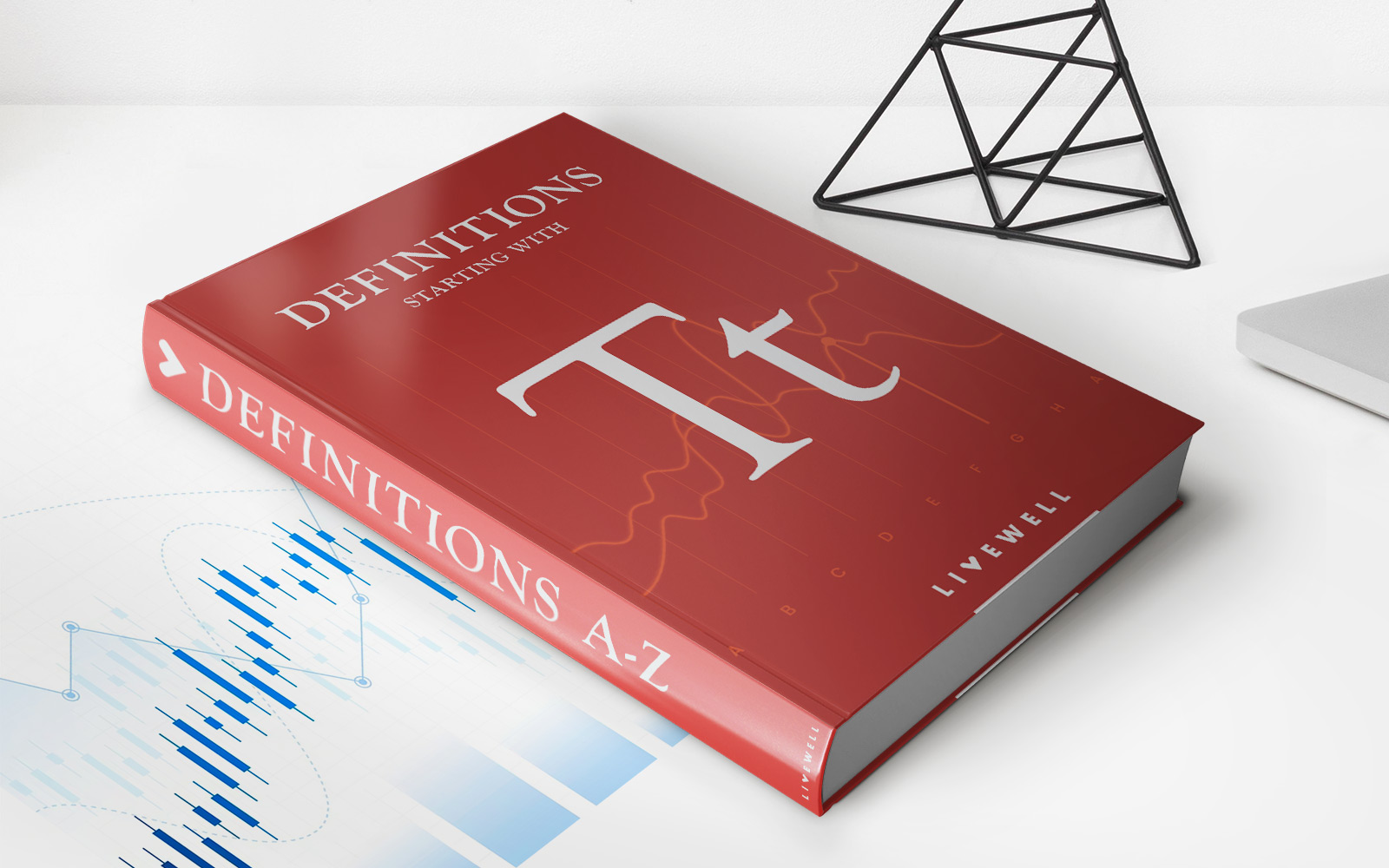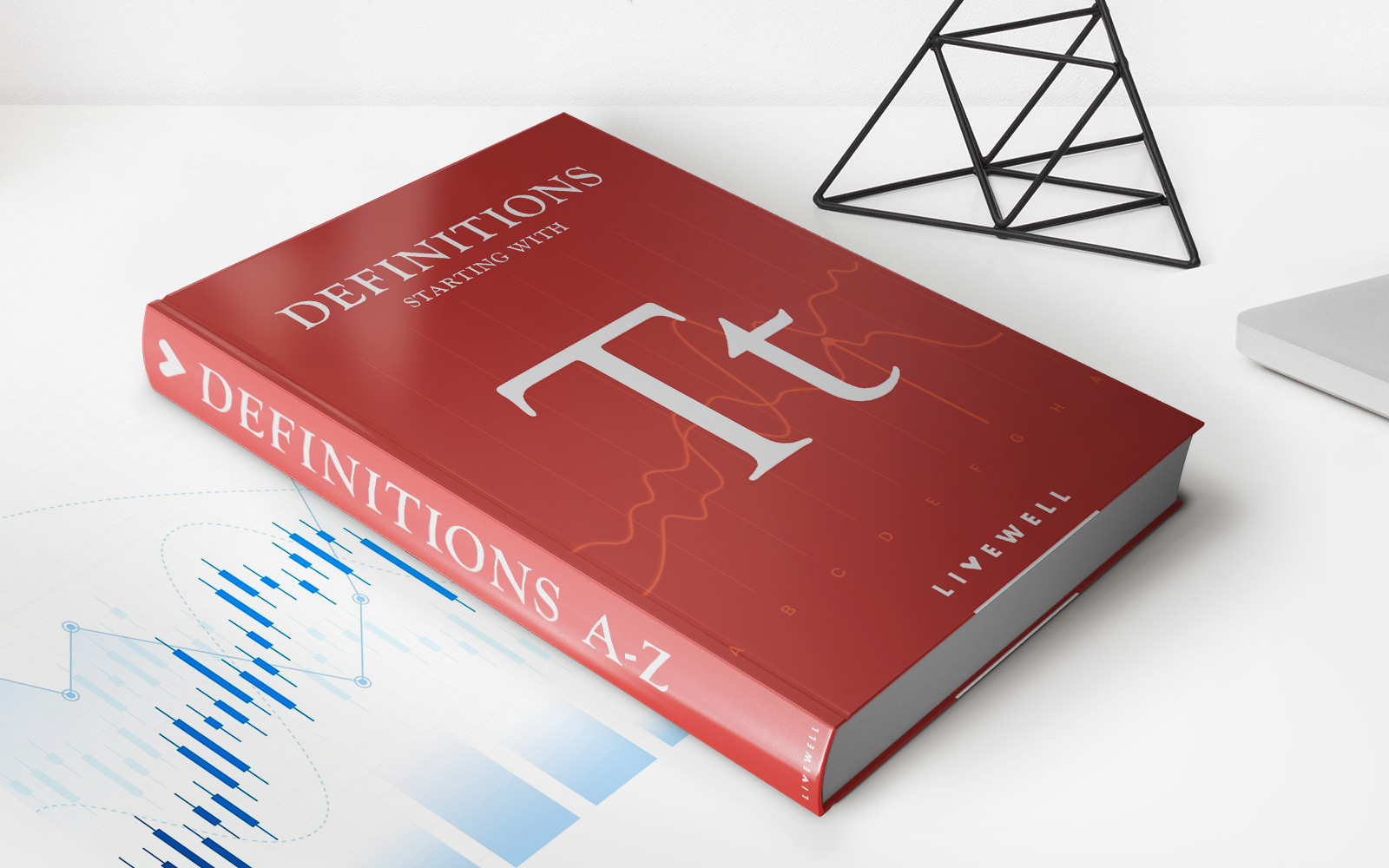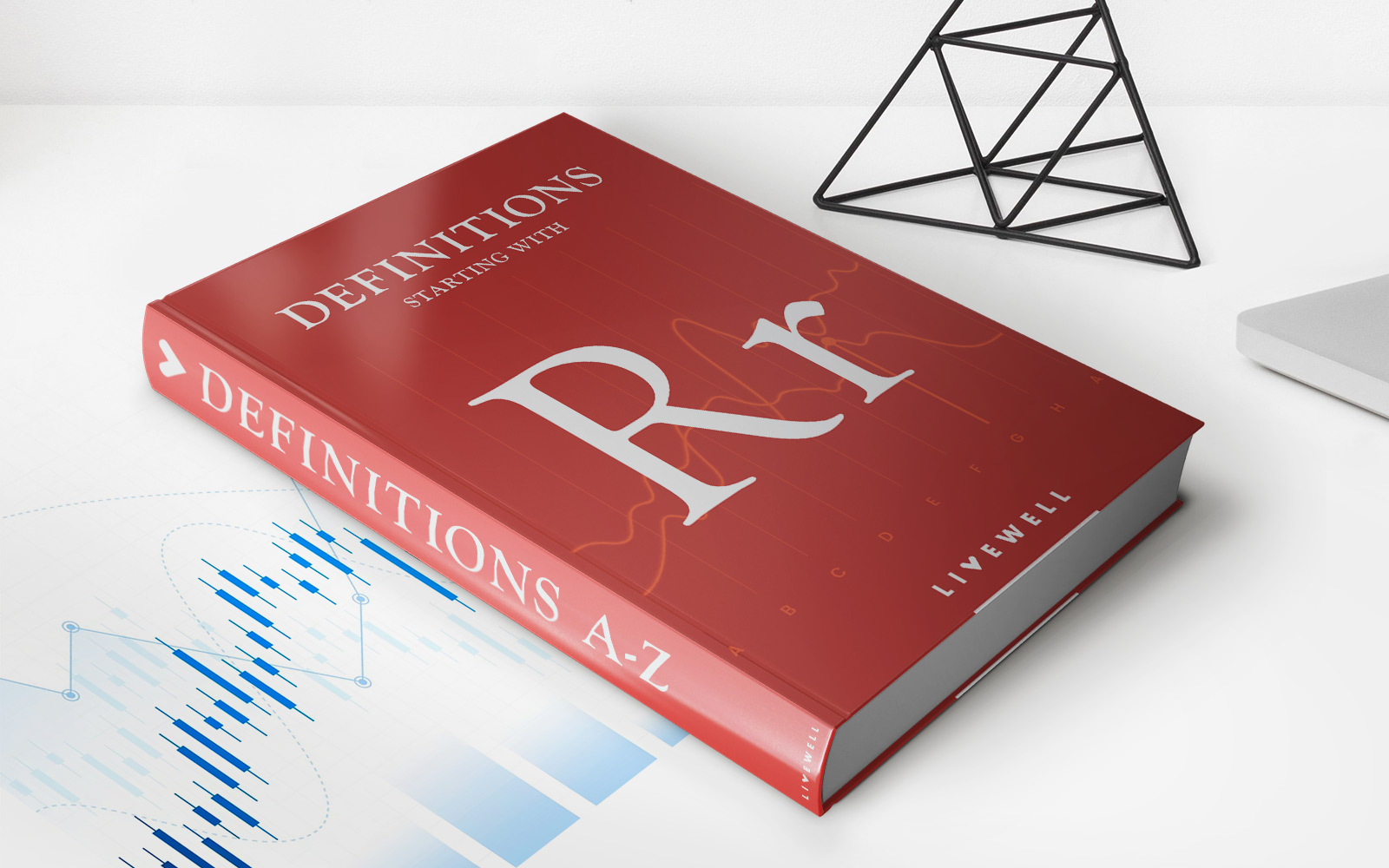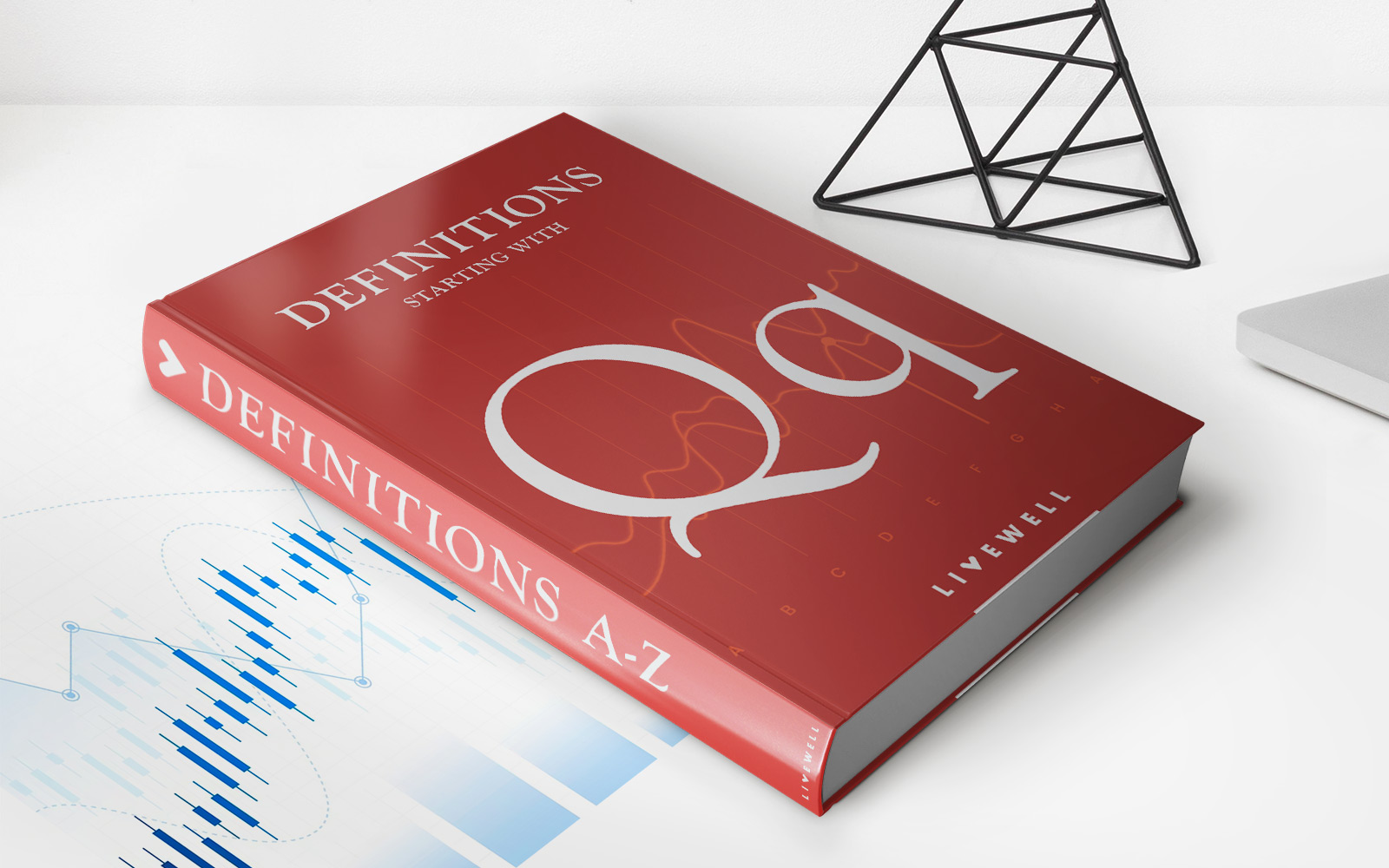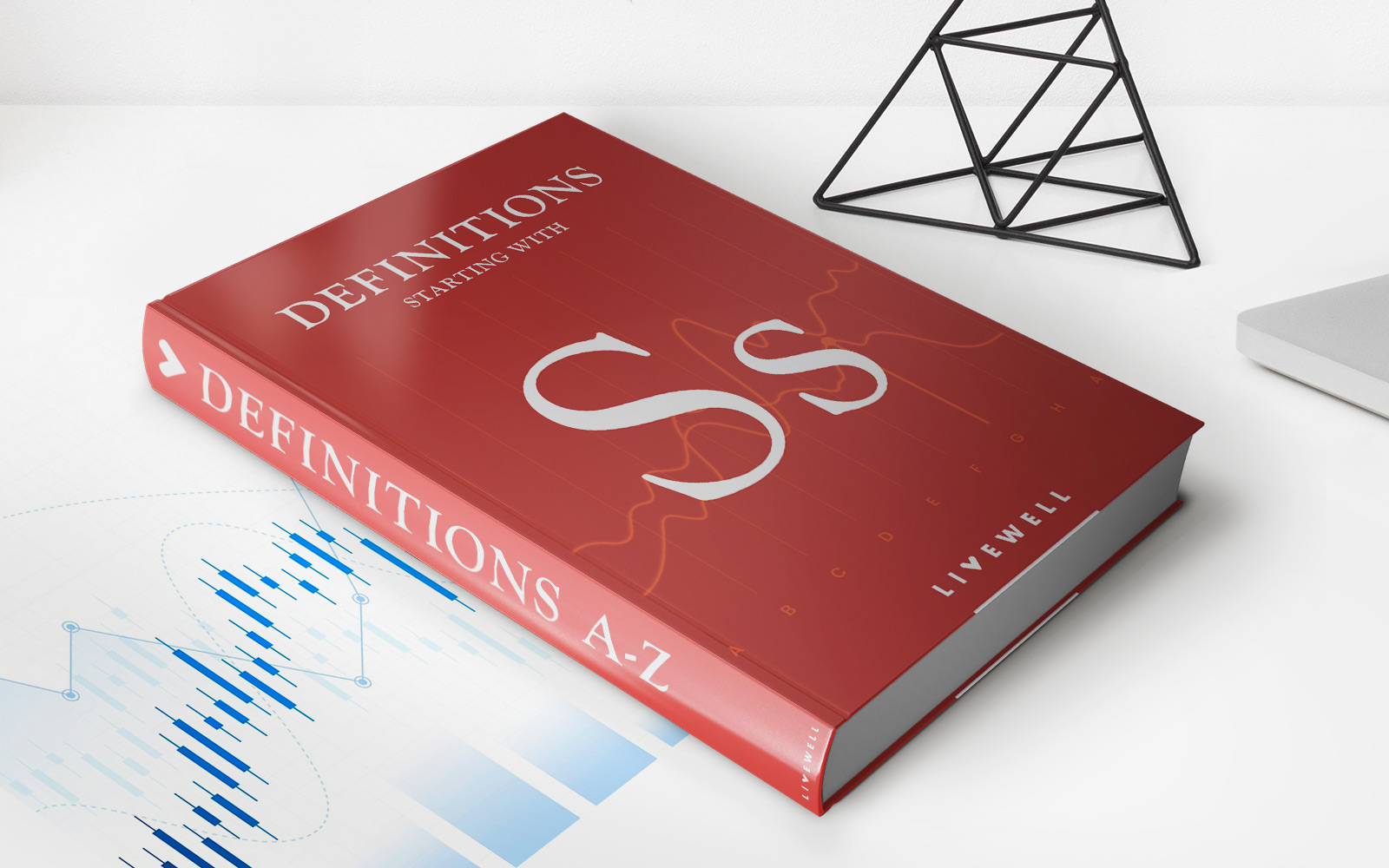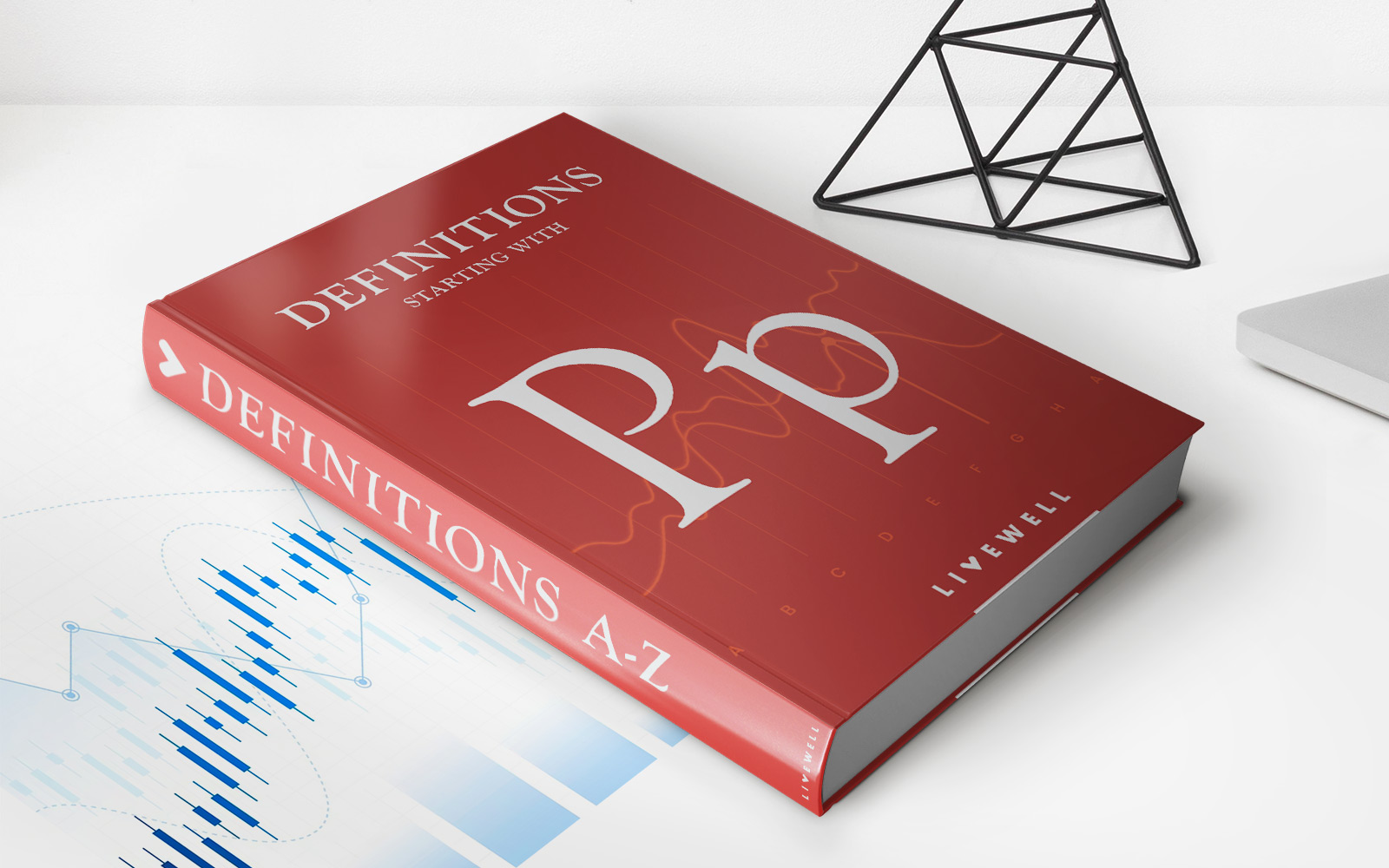Home>Finance>Tier 1 Capital Ratio: Definition And Formula For Calculation
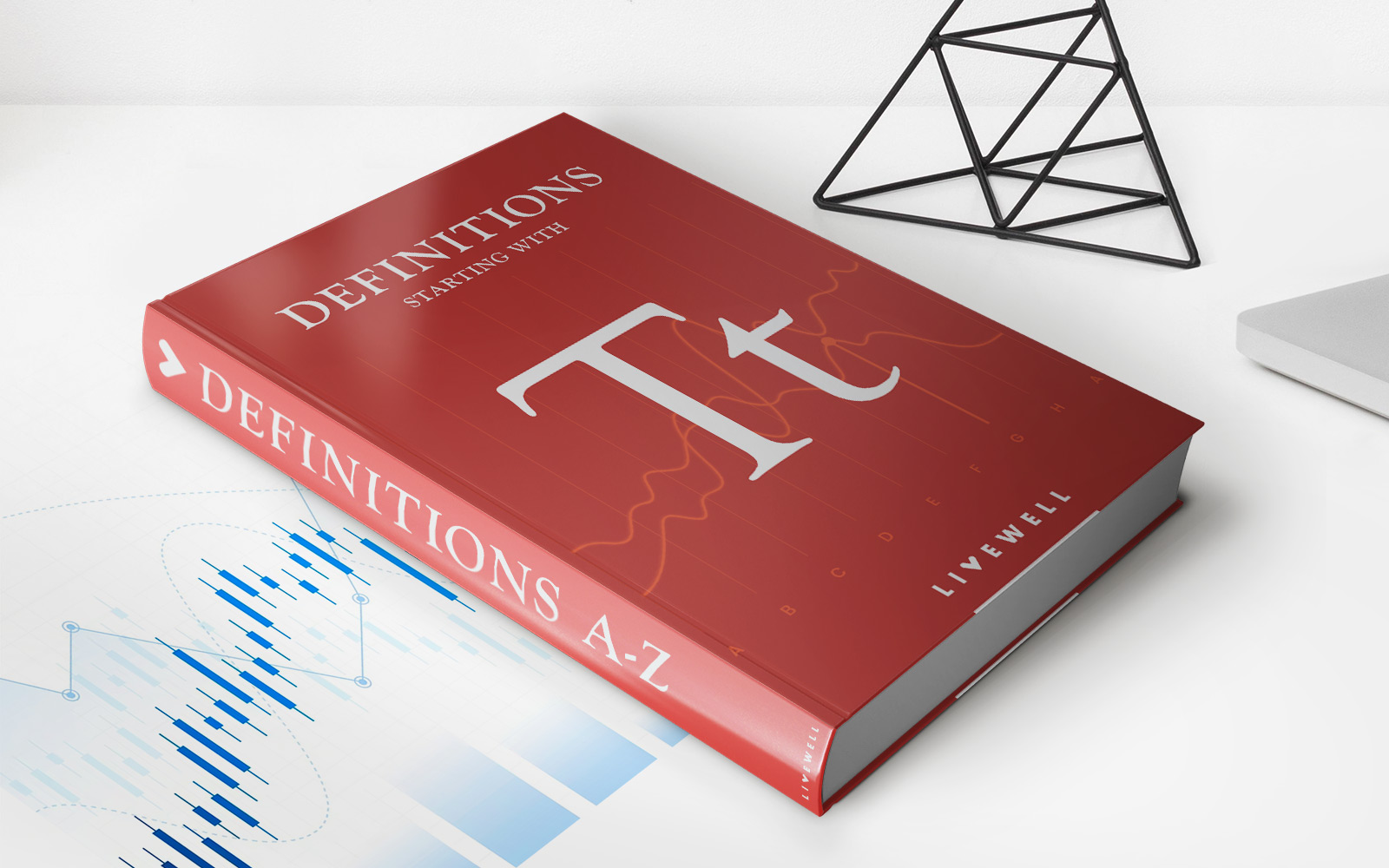

Finance
Tier 1 Capital Ratio: Definition And Formula For Calculation
Published: February 8, 2024
Learn the definition and formula for calculating the Tier 1 Capital Ratio in finance. Understand its importance for assessing a bank's financial strength.
(Many of the links in this article redirect to a specific reviewed product. Your purchase of these products through affiliate links helps to generate commission for LiveWell, at no extra cost. Learn more)
Tier 1 Capital Ratio: Definition and Formula for Calculation
Welcome to the Finance category of our blog! Today, we’re going to dive into a crucial aspect of banking and financial institutions – the Tier 1 Capital Ratio. If you’ve ever wondered about the strength and stability of a bank, this is the metric to pay attention to. In this article, we’ll define the Tier 1 Capital Ratio and explain how it’s calculated. So, let’s get started!
Key Takeaways:
- The Tier 1 Capital Ratio is a measure of a bank’s core capital strength and its ability to weather financial downturns.
- This ratio is calculated by dividing a bank’s Tier 1 capital by its total risk-weighted assets.
First, let’s understand what Tier 1 capital means. Tier 1 capital refers to the core capital of a bank, primarily consisting of shareholders’ equity and retained earnings. It represents the most reliable and stable form of funding that a bank has at its disposal. The Tier 1 Capital Ratio, therefore, measures the bank’s financial resilience in times of economic stress.
The formula for calculating the Tier 1 Capital Ratio is relatively straightforward. It is the ratio of a bank’s Tier 1 capital to its total risk-weighted assets. Risk-weighted assets are determined by evaluating the level of risk associated with the bank’s assets.
Let’s break down the formula:
- Tier 1 Capital – This includes a bank’s core capital, such as ordinary shares, retained earnings, and certain types of preferred stock.
- Total Risk-Weighted Assets – These are assets on a bank’s balance sheet that are assigned specific risk weights based on their potential riskiness. The risk weights are determined by regulatory guidelines and are meant to reflect the potential losses a bank might incur from those assets.
Once you have these two figures, simply divide the Tier 1 Capital by the Total Risk-Weighted Assets to calculate the Tier 1 Capital Ratio.
Why is this ratio so important? Well, a high Tier 1 Capital Ratio indicates that a bank has a strong capital base, allowing it to absorb losses and maintain financial stability. It also suggests that the bank is well-capitalized and has a better ability to comply with regulatory requirements.
On the other hand, a low Tier 1 Capital Ratio may signal potential vulnerability during economic downturns. A bank with inadequate capital reserves may face difficulties in covering losses, which can ultimately impact its ability to lend or meet the demands of its customers.
In conclusion, the Tier 1 Capital Ratio is a critical measure of a bank’s financial strength and resilience. By understanding how it is calculated and what it represents, both consumers and investors can gauge the stability and reliability of a financial institution. So next time you’re considering banking services, don’t forget to check the Tier 1 Capital Ratio!
We hope you found this article informative. Stay tuned for more finance-related content on our blog!
